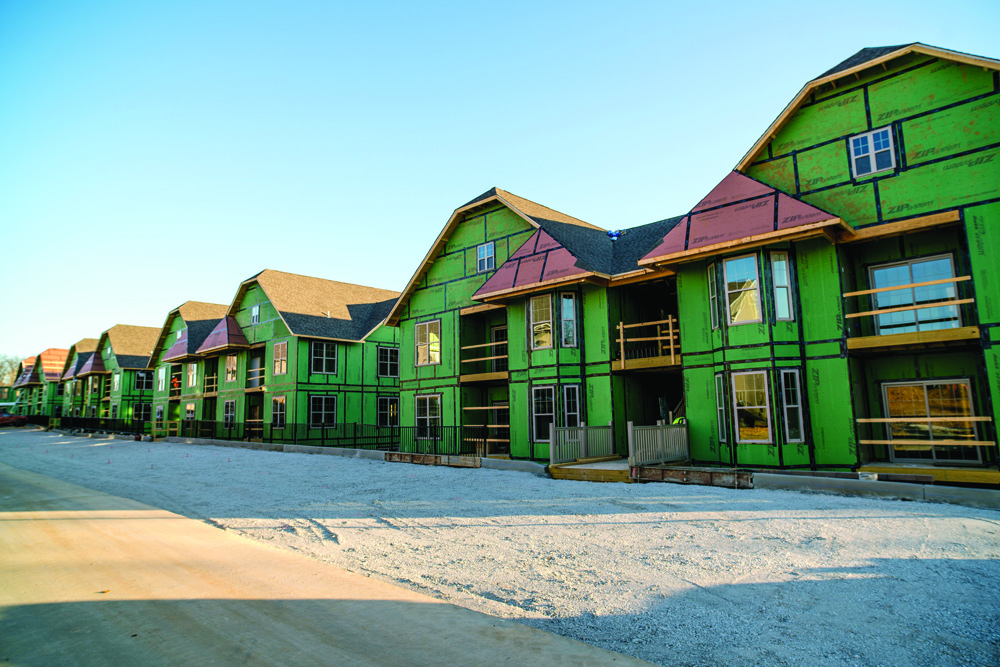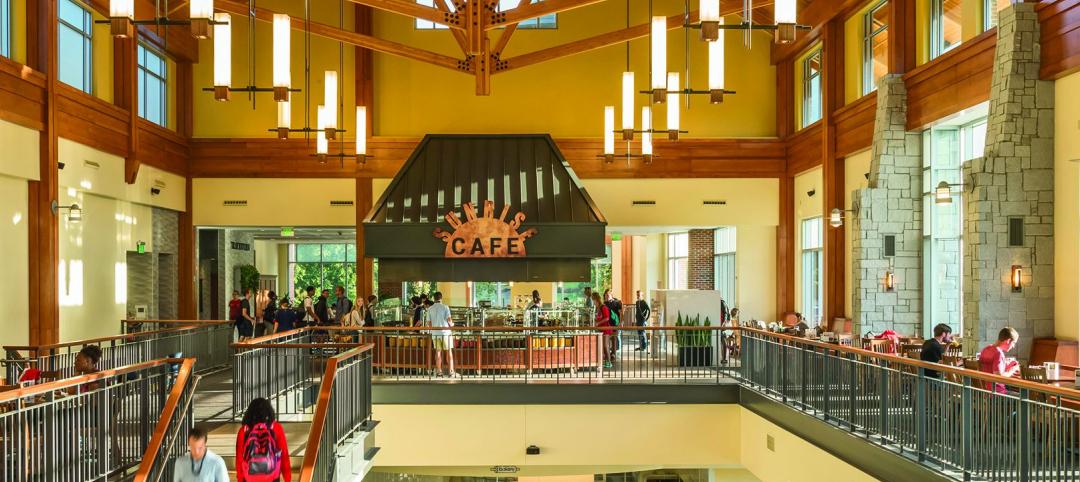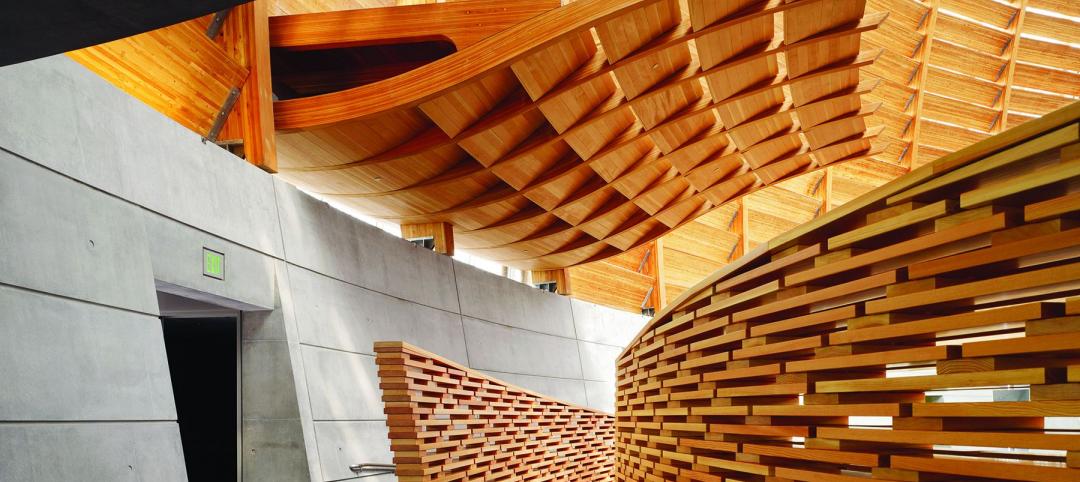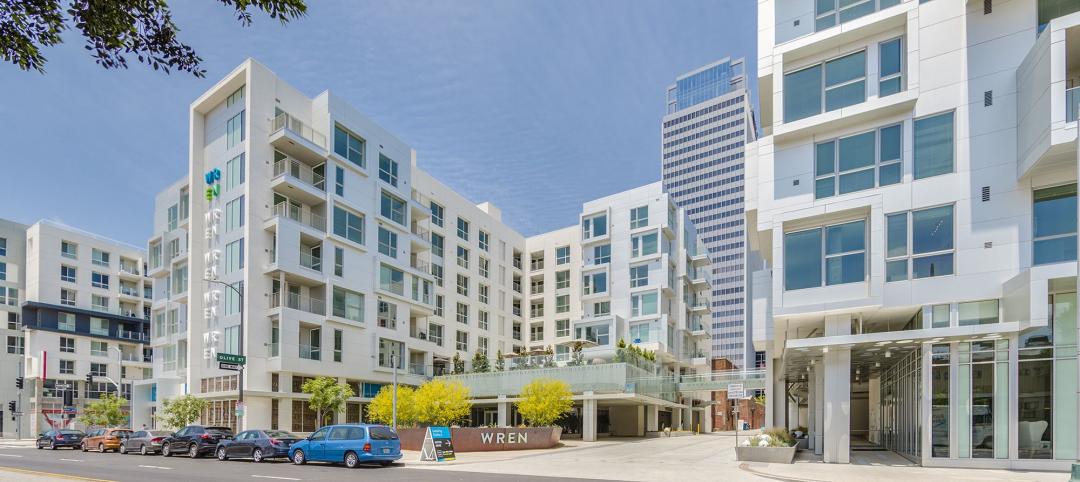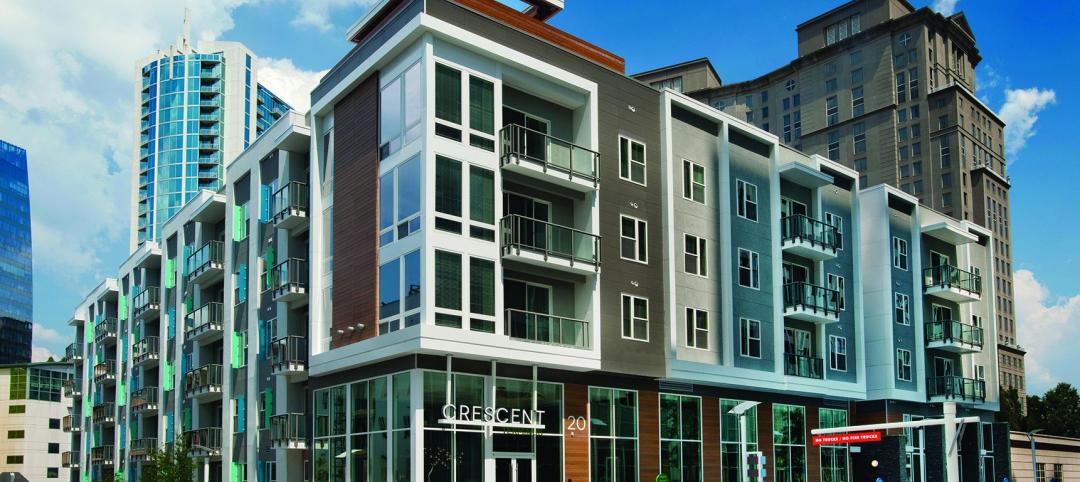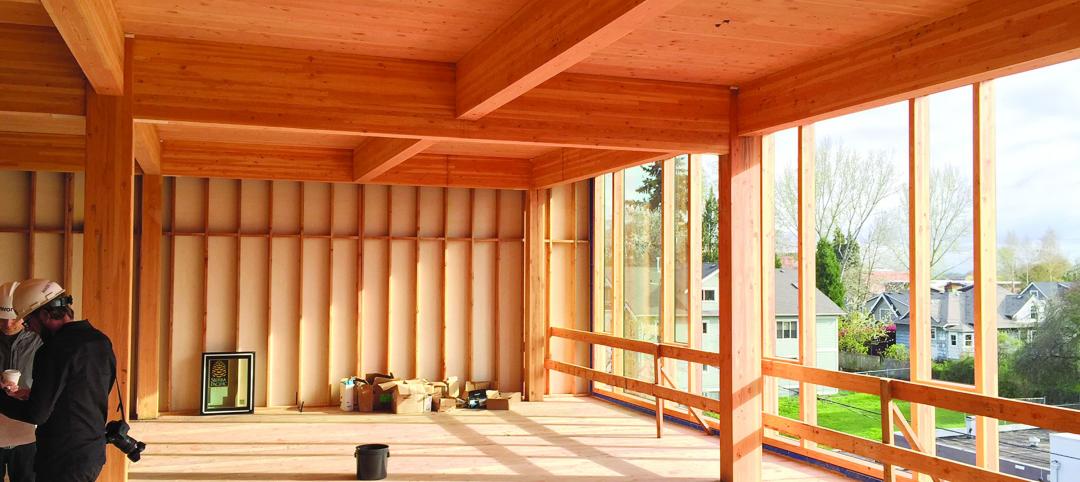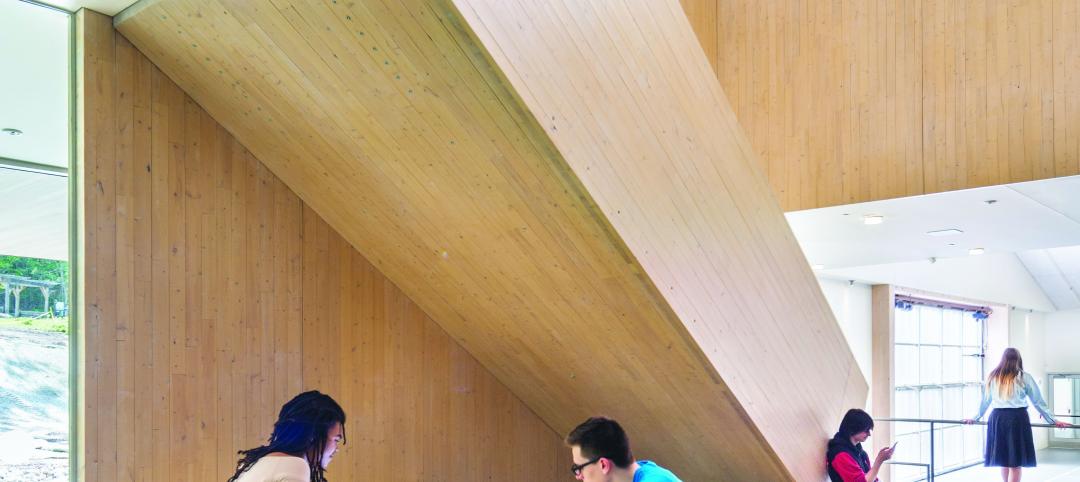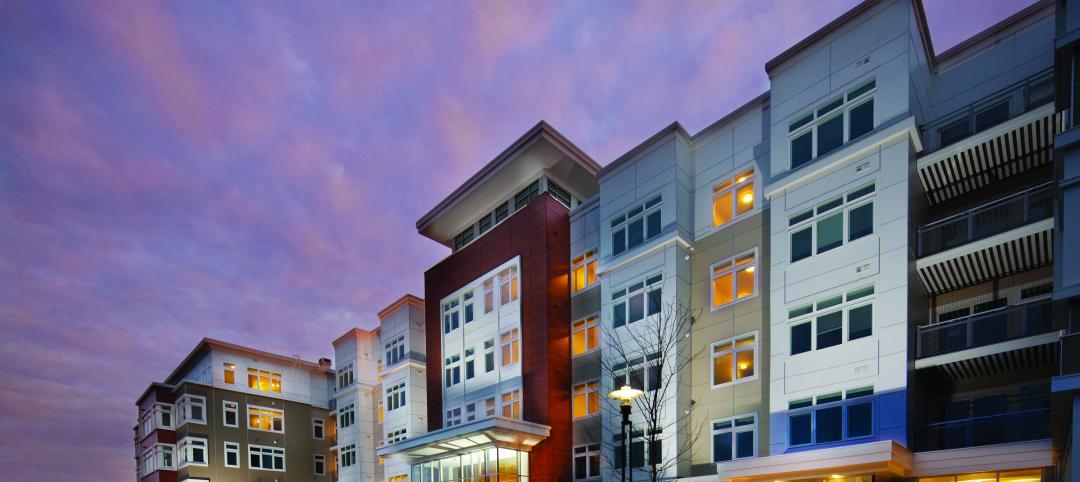Lessons Learned
About 15 years ago there was a rash of problems with deteriorating walls in 1990s-era houses. The walls’ inner structures were rotting away in certain parts of the East Coast and Midwest, and these failures were ultimately traced to a combination of changes in building practices and materials at the time. The relatively new demand for more energy efficiency had led to an emphasis on more airtight building envelopes (BEs).
Houses were being built with 6 mil poly film installed as a vapor-retardant barrier on the interior side of studs. This prevented human-produced water vapor from entering the wall cavity. At the same time, the standards for the water-resistive barrier (WRB) on the exterior side of the wall were changing. Lath for stucco was being attached to it and stapled through into the sheathing, with many staples penetrating the sheathing between the studs.
The result was that rainwater soaking into the stucco was not draining down through the felt and out at the bottom. It was being transmitted to the wall sheathing, and through the staple penetrations, into the wall cavity. Once in, the bulk water had no way out. If it evaporated, the vapor could not escape to the warm (interior) side of the wall because of the vapor-retardant 6 mil poly. And it did not escape as readily to the cold (exterior) side because it condensed back into bulk water. It stayed in, and after a time, the wall began to crumble.
This above lesson applies to virtually any building, residential or commercial. In almost any wall system, water is the enemy. It rots wood, corrodes steel, and creates conditions that favor mold growth. And the more airtight the BE, the more critical it is to keep water out, because once it’s in, it’s got nowhere else to go.
The Need to Manage Moisture
It is important for Building Teams to pay attention to moisture management in their BEs. Exposed framing can collect water, and exposed traditional oriented strand board (OSB) sheathing can soak it up. Once the BE is closed, water stops entering. Theoretically, this is when moisture that entered during the early phases of construction can dry, so that interior finishes don’t seal it into the walls. One way to achieve a fast closure, and to avoid leaving the sheathing exposed to moisture any longer than it has to be, is to sheath the building with structural panels that have an integrated WRB.
ZIP System® sheathing offers a way to close the BE quickly and easily, with structural panels that have a WRB layer on the exterior face that keeps bulk water out but allows water vapor to escape. ZIP System panels meet or exceed applicable standards for sheathing, and in some panel thicknesses available meet Structural 1 shear wall ratings for wind and seismic loading.[1] Most importantly they eliminate the delay between installing the sheathing and sealing the BE. As soon as the panels are installed and taped at the seams with ZIP System™ tape, they start resisting water, not absorbing it. Plus, the system completed with seam-sealing tape creates a continuous air barrier to help reduce air leakage for a more energy efficient envelope at dry-in status.
In O’Fallon, Mo., 218,000 sf of ZIP System sheathing was installed at the Bramblett Hills luxury multifamily complex, which is comprised of 17 three-story buildings. ZIP System sheathing and tape was selected for its integrated WRB and seamless two-step installation, accomplishing not only the desired air- and water-tight exterior, but also faster dry-in times for compliance with tight production schedules. “ZIP System sheathing and tape transformed the job site,” said Eric Gowin of Contegra Construction. “Taping became a one-man job, and that’s not possible with housewrap.”
Streamlined enclosure installation with structural panels not only has a positive effect on the building, it can save labor time and help reduce delays. Moreover, it increases the likelihood of a truly sealed BE, lowering the risk of reworking or replacing water-damaged materials.
References
1 http://www.huberwood.com/assets/user/library/Tech_Tip-What_is_structural_1.pdf



